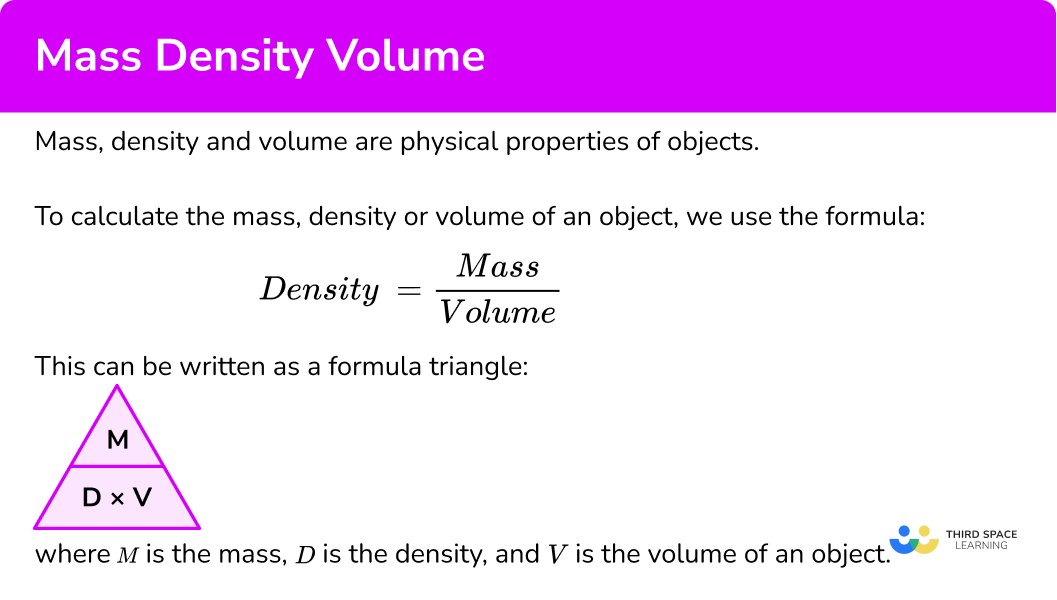image source: https://www.jlcatj.gob.mx
Welcome to our guide on how to find volume! Whether you’re a student studying geometry or a professional in the fields of architecture or engineering, understanding how to calculate volume is an essential skill. In this guide, we will break down the concept of volume and provide step-by-step instructions on how to find it for different shapes and objects. By the end, you will have a solid understanding of volume and be able to apply it in various real-life scenarios. So let’s dive in and learn how to find volume effectively!
Unlock the Secret to Calculating Volume: A Comprehensive Guide on How to Find Volume
Volume is an important measurement that is used in various fields, such as mathematics, physics, and engineering. It is a fundamental concept that is used to determine the amount of space occupied by an object or substance. Understanding how to calculate volume is essential for solving real-world problems and performing accurate measurements. In this comprehensive guide, we will unlock the secret to calculating volume and provide you with all the necessary information to master this concept.
What is Volume?
Volume is a measurement of the amount of space occupied by an object or substance. It is often referred to as the capacity or size of an object and is typically measured in cubic units, such as cubic meters (m³) or cubic centimeters (cm³). Volume is a three-dimensional measurement, meaning it takes into account the length, width, and height of an object.
Why is Volume Important?
Volume plays a crucial role in various fields, including science, engineering, and construction. It is used to determine the capacity of containers, the amount of liquid in a given space, the size of objects, and the displacement of water by a submerged object. Understanding volume is also essential for calculating density, which is the mass per unit of volume.
How to Calculate Volume
The formula for calculating volume varies depending on the shape of the object. In this guide, we will cover the formulas for calculating volume of various common shapes.
1. Cubes and Rectangular Prisms
Cubes and rectangular prisms are three-dimensional shapes with six rectangular faces. To calculate the volume of a cube or rectangular prism, you need to know the length, width, and height of the shape.
The formula for calculating volume is:
Volume = length x width x height
For example, if you have a cube with sides measuring 4 cm, the volume would be:
Volume = 4 cm x 4 cm x 4 cm = 64 cm³
2. Cylinders
Cylinders are three-dimensional shapes with two circular bases and a curved surface. To calculate the volume of a cylinder, you need to know the radius (r) of the circular base and the height (h) of the cylinder.
The formula for calculating volume is:
Volume = π x r² x h
Where π (pi) is a constant value of approximately 3.14.
For example, if you have a cylinder with a radius of 5 cm and a height of 10 cm, the volume would be:
Volume = 3.14 x 5² x 10 = 785 cm³
3. Spheres
Spheres are three-dimensional shapes with a curved surface and no edges or corners. To calculate the volume of a sphere, you need to know the radius (r) of the sphere.
The formula for calculating volume is:
Volume = (4/3) x π x r³
Where π (pi) is a constant value of approximately 3.14.
For example, if you have a sphere with a radius of 6 cm, the volume would be:
Volume = (4/3) x 3.14 x 6³ = 904.32 cm³
4. Cones
Cones are three-dimensional shapes with a circular base and a curved surface that tapers to a point. To calculate the volume of a cone, you need to know the radius (r) of the circular base and the height (h) of the cone.
The formula for calculating volume is:In conclusion, knowing how to find volume is an essential skill for a variety of applications, whether it be in math, science, or daily life. By understanding the formula and methods for finding volume, one can accurately calculate and measure the amount of space an object occupies. This not only aids in problem-solving, but also allows for efficient planning and organization. With practice and a solid understanding of the concept, anyone can easily find the volume of any object. So, don’t hesitate to apply these techniques and improve your ability to find volume in any situation.
